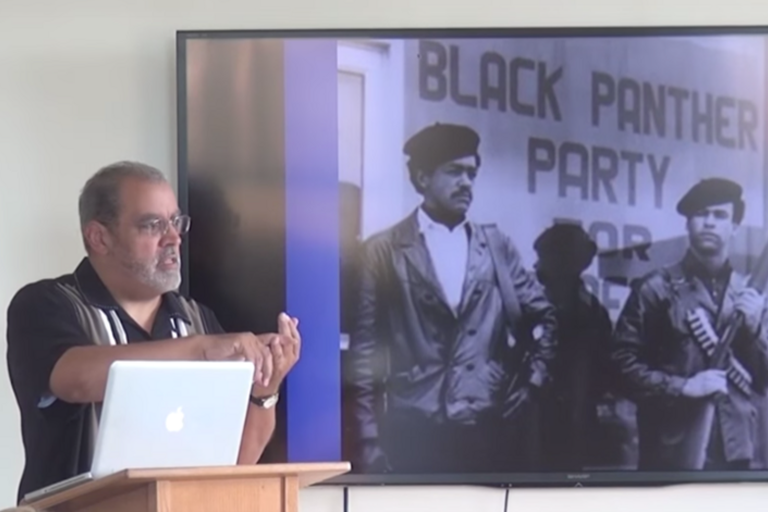Everything is the same and nothing is the same. Entering its third decade, the AC curriculum is the site of new energy and rebuilding, responding to the global conversation on state-violence and anti-Black racism. Beginning with the uprisings at the death of Michael Brown in Ferguson, MO, to the murder of Breonna Taylor in Louisville, KY, and George Floyd in Minneapolis, MN, conversations on and off campus forge a link between antiracism and political education, with an urgency that had been lost in the previous decade.
Like in its early years, creating pedagogical spaces for faculty to exchange ideas in this most intellectually demanding, often emotionally exhausting and politically busy space, AC programs have been created at the apex of research, teaching, learning, and racial justice. In recent years, Teaching in Troubled Times, Data Justice, and the Creative Discovery Fellows (CDF) programs, have been formed to create new framings and build new ideas to meet the historical juncture of these complex political times.
And so it continues ….. “What could be so important?”Bill Simmons, Inaugural Director, The AC Center, 1989



